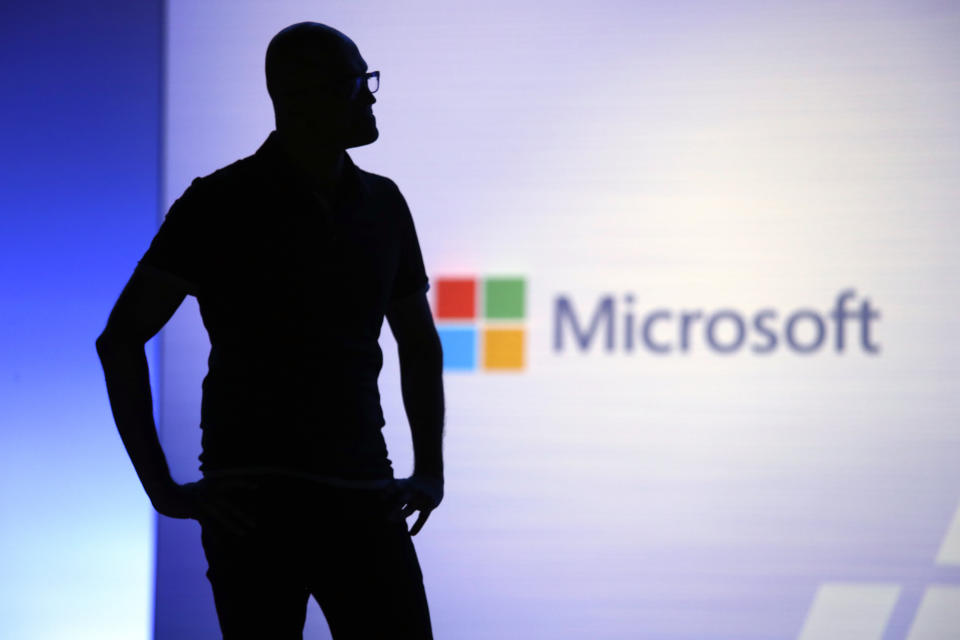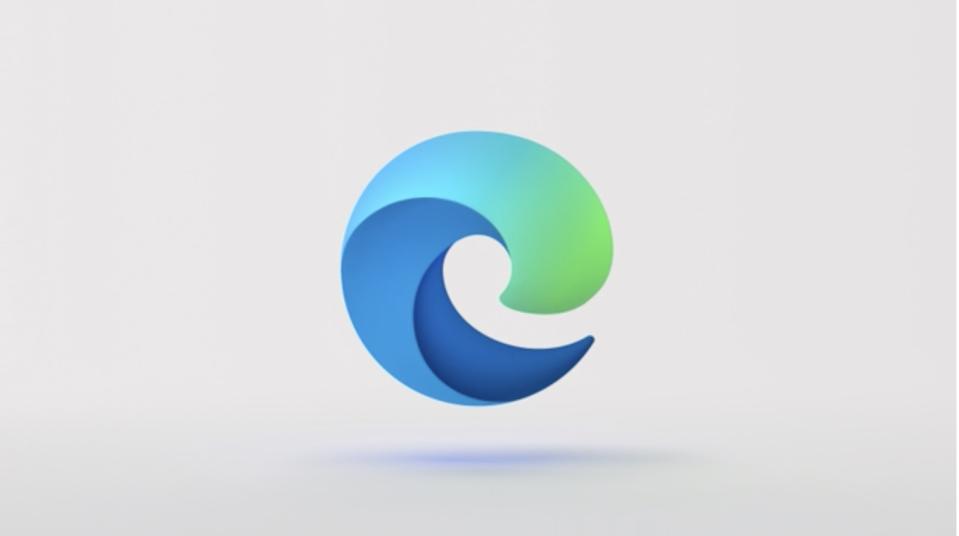Microsoft swallows its pride and releases new Chrome-based browser

Microsoft (MSFT) on Wednesday launched a new version of its Edge web browser powered by the same technology that runs Google's (GOOG, GOOGL) Chrome. It's a massive shakeup for Microsoft, though one that has been a long time coming.
According to StatCounter, Chrome holds 64% of the global web browser market share, while Edge has just 2%. That kind of ubiquity has led web developers to customize their sites specifically to work with Chrome and, more importantly, its backing software, Chromium.
As a result, Edge users have run into a number of problems, most tellingly, compatibility issues with sites optimized for Chromium. That's going to change with the new version of Edge, though.
With its latest move, Microsoft is, more or less, swallowing its pride to ensure Edge users will be able to surf the web without interruption. But it doesn't mean that Google will have control over the Windows maker's browser.
The new Edge
When Microsoft launched its Edge browser in 2015, as a replacement for Internet Explorer, it was seen as a chance for the company to break from I.E.'s history of poor security and performance that led to the rise of Chrome.
But Edge, despite its slick features, including a reader mode and in-app inking with touchscreen devices, simply didn't catch on. What's more, the software behind Edge started to crash into compatibility issues with sites that were specifically built for Chromium.

Chromium is the open-source software that powers Chrome. But that doesn't mean it's a Google property. Rather, it's something Google created and released to allow the developer community to improve upon over time. Chrome rides on top of Chromium, but has more features than the open-source project itself.
Edge, similarly will have its own features set that will differ from Chromium, as well as Google's Chrome.
The fact that Edge will run on Chromium would have been unheard of prior to CEO Satya Nadella taking over the reins of the company. In the past, Microsoft would have done everything in its power to avoid having to work with something like Chromium.
But under Nadella, the company is far more willing to work with competing services, like Linux, Apple's iOS, and Google's Android, which often leads to an improved user experience.
Microsoft is pitching the move as an opportunity for it to put more of its resources into building standout features for Edge, rather than wasting time addressing compatibility issues.
When it's rolling out and how
The new version of Edge is available Wednesday for those users who'd like to manually download the app. We won't see automatic downloads for the browser, however, for several weeks.
Enterprise users will also have the ability to prevent any updates to the Chromium-powered version of Edge, to ensure security and stability inside organizations.
So how will you know you've got the new Edge? The new icon, that's how.
After the icon for the Edge browser, which was a large "E," was criticized for looking too much like the icon for I.E., Microsoft is completely switching up the logo for the Chromium version of Edge, giving the icon the look of a cresting wave.
It's still an "E" shape, but it's unlikely to confuse users as much as Edge's icon did.
As far as user data and saved information goes, Microsoft says existing Edge users will easily be able to port over everything from their bookmarks to their saved passwords to the new Edge. Chrome users will also be able to transfer their data to the new Edge thanks to the fact that both browsers use the same back-end software.
The new Edge isn't about beating Chrome
At this point, Google's Chrome would have to go the way of I. E. and become a bloated, security liability for it to see its market share collapse to the level where Edge is able to overtake it.
But Microsoft's reborn browser isn't about market share. Rather, it's about ensuring that Windows 10 users who happen to choose Edge aren't left with a subpar experience where websites don't load properly.
Because while it would be an Edge compatibility issue, it would still reflect poorly on the Windows operating system.
See, while the company can ditch its early version of Edge, Windows is still a major money maker for Microsoft.
And despite the highly publicized success of its Azure cloud platform, the company still can't afford to lose Windows users en masse over a problematic browser and its own corporate pride.
More from Dan:
The big takeaway from CES: Every company is now a tech company
Ford’s robots could eventually deliver packages to your front door
FTC commissioner on new tech like self-driving cars: I 'see lots of risk'
Got a tip? Email Daniel Howley at danielphowley@protonmail.com or dhowley@yahoofinance.com, and follow him on Twitter at @DanielHowley.
Follow Yahoo Finance on Twitter, Facebook, Instagram, Flipboard, SmartNews, LinkedIn, YouTube, and reddit.

